Full Name Elizebeth Smith Known for cryptanalyst, author | Name Elizebeth Friedman Role Author | |
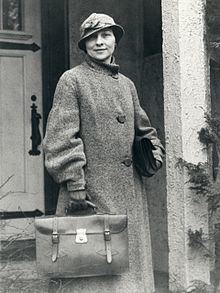 | ||
Books The Shakespearean Ciphers Examined: An Analysis of Cryptographic Systems Used as Evidence that Some Author Other Than William Shakespeare Wrote the Plays Commonly Attributed to Him Education College of Wooster, Hillsdale College | ||
Elizebeth smith friedman dedication
Elizebeth Smith Friedman (August 26, 1892 – October 31, 1980) was an expert cryptanalyst and author, and a pioneer in U.S. cryptography. She has been dubbed "America's first female cryptanalyst".
Contents
- Elizebeth smith friedman dedication
- About Elizebeth Friedmans Life
- Early life and education
- Riverbank Laboratories
- Government service
- Retirement
- Personal life
- Works and publications
- References
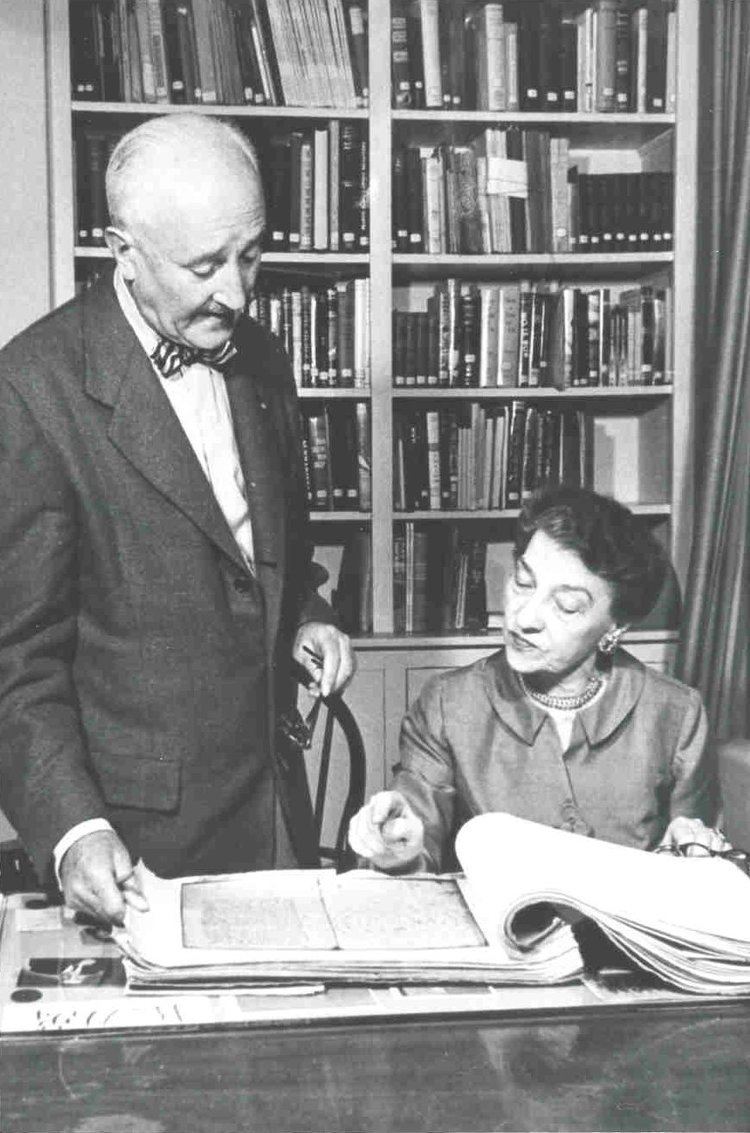
About Elizebeth Friedman's Life
Early life and education
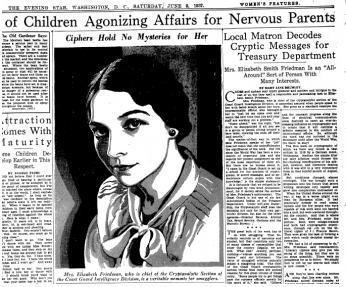
Friedman was born in Huntington, Indiana, to John Marion Smith, a Quaker dairyman, banker, and politician, and Sopha Smith (née Strock). Friedman was the youngest of nine children and grew up on a farm.
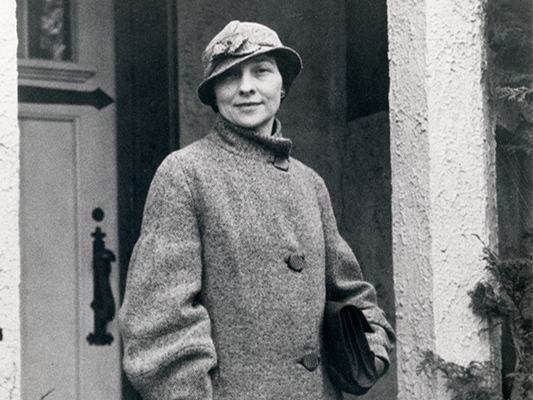
From 1911 to 1913, Friedman attended Wooster College in Ohio, but left when her mother became ill. In 1913, Friedman transferred to Hillsdale College in Michigan since it was closer to home. In 1915, she graduated with a major in English literature. She was a member of Pi Beta Phi. Having exhibited her interest in languages, she had also studied Latin, Greek, and German, and minored "in a great many other things." Only she and one other sibling were privileged to attend college.
Riverbank Laboratories
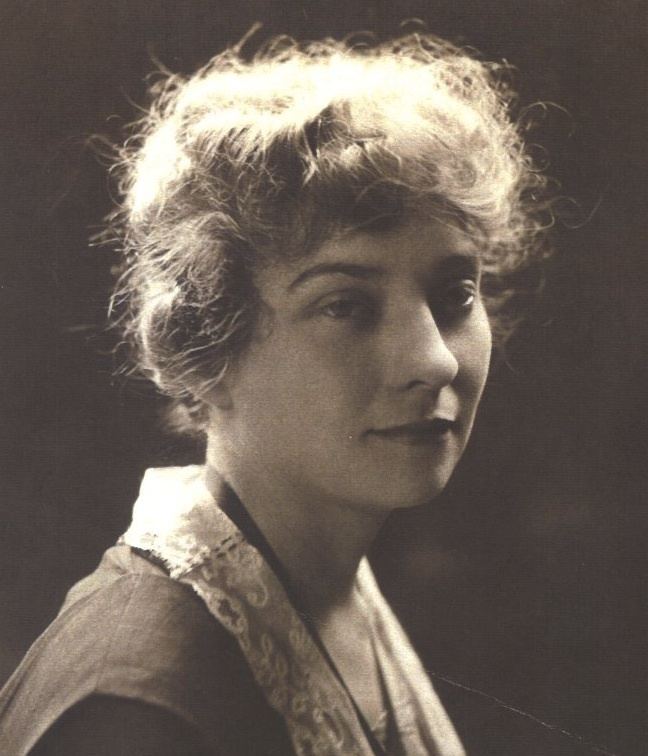
Friedman was interviewed by a librarian at Riverbank Laboratories, who then spoke with Colonel George Fabyan, who owned Riverbank. The librarian conveyed Smith's love for Shakespeare, among other things, to Fabyan. Fabyan, a wealthy textile merchant, soon met Friedman, and they discussed what life would be like at Riverbank, Fabyan's great estate located in Geneva, Illinois. He told her that she would assist a Boston woman, Elizabeth Wells Gallup and her sister with Gallup's attempt to prove that Sir Francis Bacon had written Shakespeare's plays and sonnets by decrypting enciphered messages that were supposed to have been contained within the plays and poems.
At Riverbank Laboratories Friedman found one of the first such facilities in the US to seriously study cryptography and other subjects. Through the work of the Friedmans, much historical information on secret writing was gathered. Until the World War I creation of MI8, the Army's Cipher Bureau, Riverbank was the only facility in the US seriously capable of solving enciphered messages. Military cryptography had been officially deemphasized after the Civil War. During World War I, several US Government departments asked Riverbank Labs for help or sent personnel for training. Among those was Agnes Meyer Driscoll who came on behalf of the Navy.
Among the staff of fifteen at Riverbank was the man Elizebeth would marry in May 1917: William F. Friedman. The couple worked together for the next four years or so in the only significant cryptographic facility in the country, save Herbert Yardley's 'Black Chamber'. In 1921 the Friedmans left Riverbank to work for the War Department in Washington, D.C.
Government service
In 1923, Friedman was employed as a cryptanalyst for the U.S. Navy. This led to subsequent positions with the U.S. Treasury Department's Bureaux of Prohibition and of Customs. Her career at both is quite significant and embraces cryptography against international smuggling and drug running in various parts of the world. The smugglers and runners resorted to encrypted radio messages to support their operations, presuming they would be able to communicate securely. This became a mistaken notion after Friedman came to Washington.
The Volstead Act of 1919 forbade the manufacture, sale, import, or export of intoxicating liquors. Prevailing conditions during those days, however, encouraged illegal activity. Further, as radio equipment became less cumbersome, less conspicuous, and more sophisticated, it afforded the criminal element another means to circumvent the law. To avoid taxes, etc., criminals smuggled liquor and, to a lesser degree, narcotics, perfume, jewels, and even pinto beans. Related enciphered communications were passed by persistent anti-prohibitionists to protect their operations.
Anti-prohibitionists provided Friedman and her team of cryptanalysts with innumerable opportunities to hone their cryptanalytic/codebreaking skills during her employment with the U.S. Treasury Department. She led the cryptanalytic effort against international smuggling and drug-running radio and encoded messages, which the runners began to use extensively to conduct their operations.
Friedman's work was responsible for the providing decoded information that resulted in the conviction of two Jewish Shanghai-born brothers Edward Isaac Ezra and his younger brother Judah Isaac Ezra, known as the Ezra Brothers, who were narcotics smugglers who brought illegal narcotics to the United States.
Even though early codes and ciphers were very basic, their subsequent increase in complexity and resistance to solution was important to the financial success and growth of their operations. The extent of sophistication seemed to pose little problem for Friedman; she still mounted successful attacks against both simple substitution and transposition ciphers, and the more complex enciphered codes which eventually came into use. While working for the U.S. Coast Guard and the Bureau of Foreign Control during the Prohibition era, she solved over 12,000 rum-runners' messages.
Friedman also perceived the need for a more dedicated effort against suspected communications. By 1931 she had convinced Congress of the need to create a headquartered, seven-man cryptanalytic section for this purpose. As her cryptanalytic responsibilities began to mount, Friedman sensed the need to teach other analysts cryptanalytic fundamentals, including deciphering techniques. By relieving her of a part of the burden, this allowed her time to attack the more atypical new systems as they cropped up and expedited the entire process from initial analysis through to solution. It also allowed her to stay one step ahead of the smugglers.
In addition to her cryptanalytic successes, she was often called to testify in cases against accused parties. The messages she deciphered or decoded enabled her to implicate several smugglers operating in the Gulf of Mexico and on the Pacific Coast. She subsequently testified in cases in Galveston and Houston, Texas, and New Orleans, Louisiana. Her efforts in 1933 resulted in convictions against thirty-five bootlegging ringleaders who were found to have violated the Volstead Act. Ringleaders were directly linked with suspected vessels as a result of the information arising out of her analysis.
The next year she played a major role in settling a dispute between the Canadian and U.S. governments over the true ownership of the sailing vessel I'm Alone. It was flying the Canadian flag when it was sunk by a U.S. Coast Guard cutter for failing to heed a "heave to and be searched" signal. The Canadian government filed a $350,000 suit against the U.S., but the intelligence gleaned from the twenty-three messages decoded by Friedman indicated de facto U.S. ownership just as the U.S. had originally suspected. As a consequence, the true owners of the ship were identified and most of the Canadian claim was dismissed.
Obviously impressed with her work, the Canadian government sought Friedman's help in 1937 with an opium dealer problem which evolved into an outstanding case. She complied and eventually testified in the trial of Gordon Lim and several other Chinese. Her solution to a complicated unknown Chinese enciphered code, in spite of her unfamiliarity with the language, was key to the successful convictions.
Finally, Friedman left her mark on the life of one of espionage's most notorious spies, Velvalee Dickinson, whose path to and role in espionage are noteworthy. Following high school and some college, Velvalee married the head of a brokerage firm that had Japanese-American clients. The Dickinson' interest in Japan grew so much that they joined the Japanese-American Society, where they began to rub shoulders with members of the Japanese consulate. When the brokerage firm's success suffered a downturn, so too did the Dickinson' role as proponents of good Japanese-American relations. At some point, the couple became spies for Japan. Velvalee became a major player, and her successful doll shop was a cover for her espionage. Known as the "Doll Woman," she corresponded with Japanese agents using the names of women she found in her business correspondence. Her correspondence, which contained encoded material addressing significant naval vessel movement in Pearl Harbor, was analyzed and solved by Friedman. This analysis resulted in a guilty verdict against Dickinson.
Although Friedman worked closely with her husband as part of a team, many of her contributions to cryptology were unique. She deciphered many encoded messages throughout the Prohibition years and solved many notable cases singlehandedly, including some codes which were written in Mandarin Chinese.
During World War II, Friedman's Coast Guard unit was transferred to the Navy where they solved a difficult Enigma machine code used by German Naval Intelligence.
After World War II, Friedman became a consultant to and created communications security systems for the International Monetary Fund.
Retirement
Longtime Shakespeare enthusiasts, Friedman and her husband, after retirement from government service, collaborated on a manuscript entitled "The Cryptologist Looks at Shakespeare", eventually published as The Shakespearian Ciphers Examined. It won awards from the Folger Shakespeare Library and the American Shakespeare Theater and Academy. In this book, the Friedmans dismissed Baconians such as Gallup and Ignatius Donnelly with such technical proficiency and finesse that the book won far more acclaim than others addressing the same topic.
The work that Gallup had done earlier for Col Fabyan at Riverbank operated on two assumptions. One was that Bacon invented a biliteral cipher and that the cipher used in the original printed Shakespeare folios employed "an odd variety of typefaces." The Friedmans, however, "in a classic demonstration of their life's work," buried a hidden Baconian cipher on a page in their publication. It was an italicized phrase which, using the different type faces, expressed their final assessment of the controversy: "I did not write the plays. F. Bacon." Their book is regarded as the definitive work, if not the final word, on the subject.
Following her husband's death in 1969, Friedman devoted much of retirement life to compiling a library and bibliography of his work. This "most extensive private collection of cryptographic material in the world" was lodged in the George C. Marshall Research Library in Lexington, Virginia.
"Our office doesn't make 'em, we only break 'em," said Friedman to a visitor who tried to sell her code-making assistance. The NSA notes that she did "break 'em" many times over a variety of targets. Her successes led to the conviction of many violators of the Volstead Act during the Prohibition in the United States.
Personal life
The unusual spelling of her name (more commonly spelled "Elizabeth") is attributed to her mother, who disliked the prospect of Elizebeth ever being called "Eliza."
In 1917, Friedman married William F. Friedman, a notable cryptographer credited with numerous contributions to cryptology, whom she introduced to the field.
They had two children, Barbara Friedman (born in 1923), and John Ramsay Friedman (born in 1926).
Friedman died on October 31, 1980 in the Abbott Manor Nursing Home in Plainfield, New Jersey, at the age of 88. She is buried with her husband at Arlington National Cemetery.
